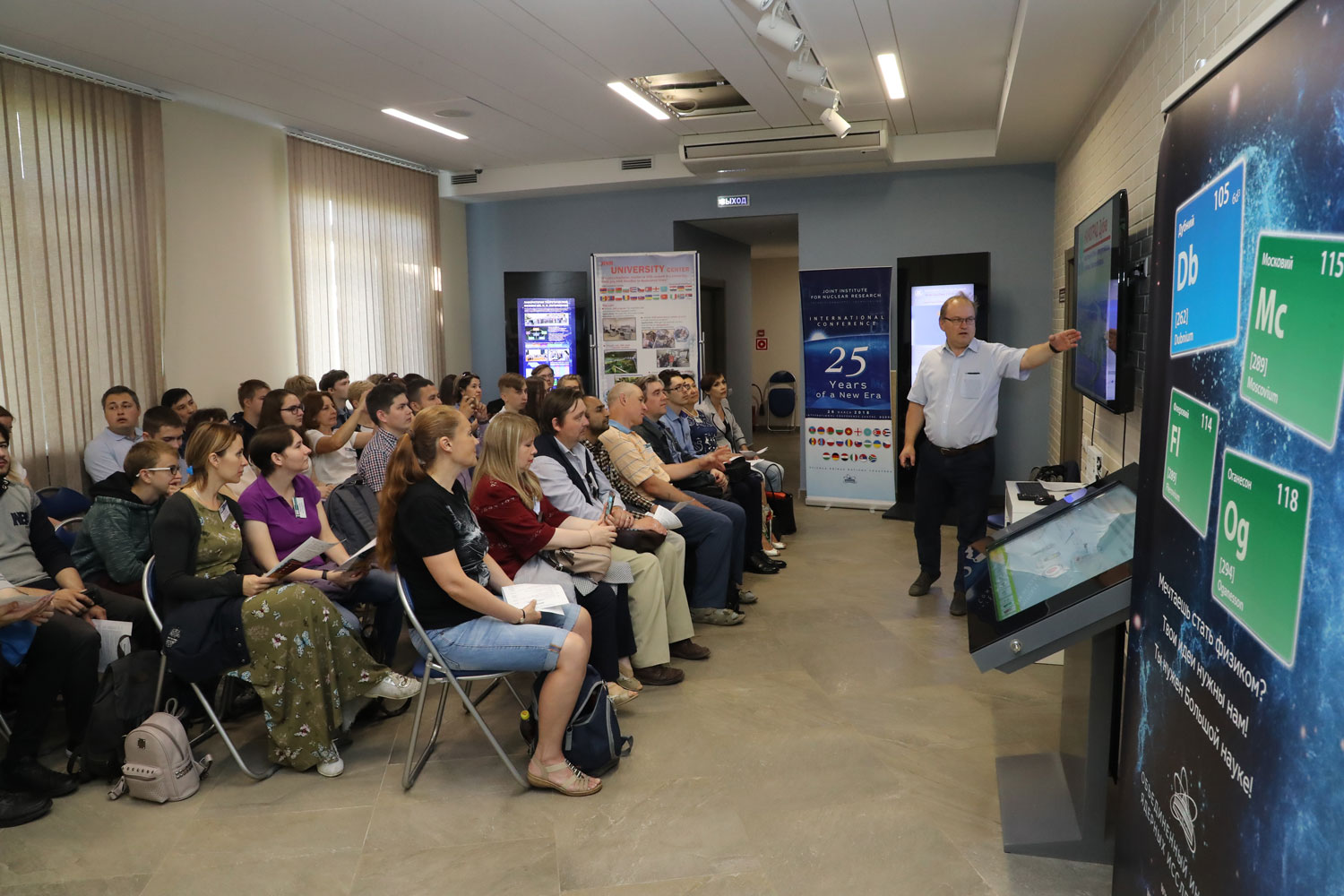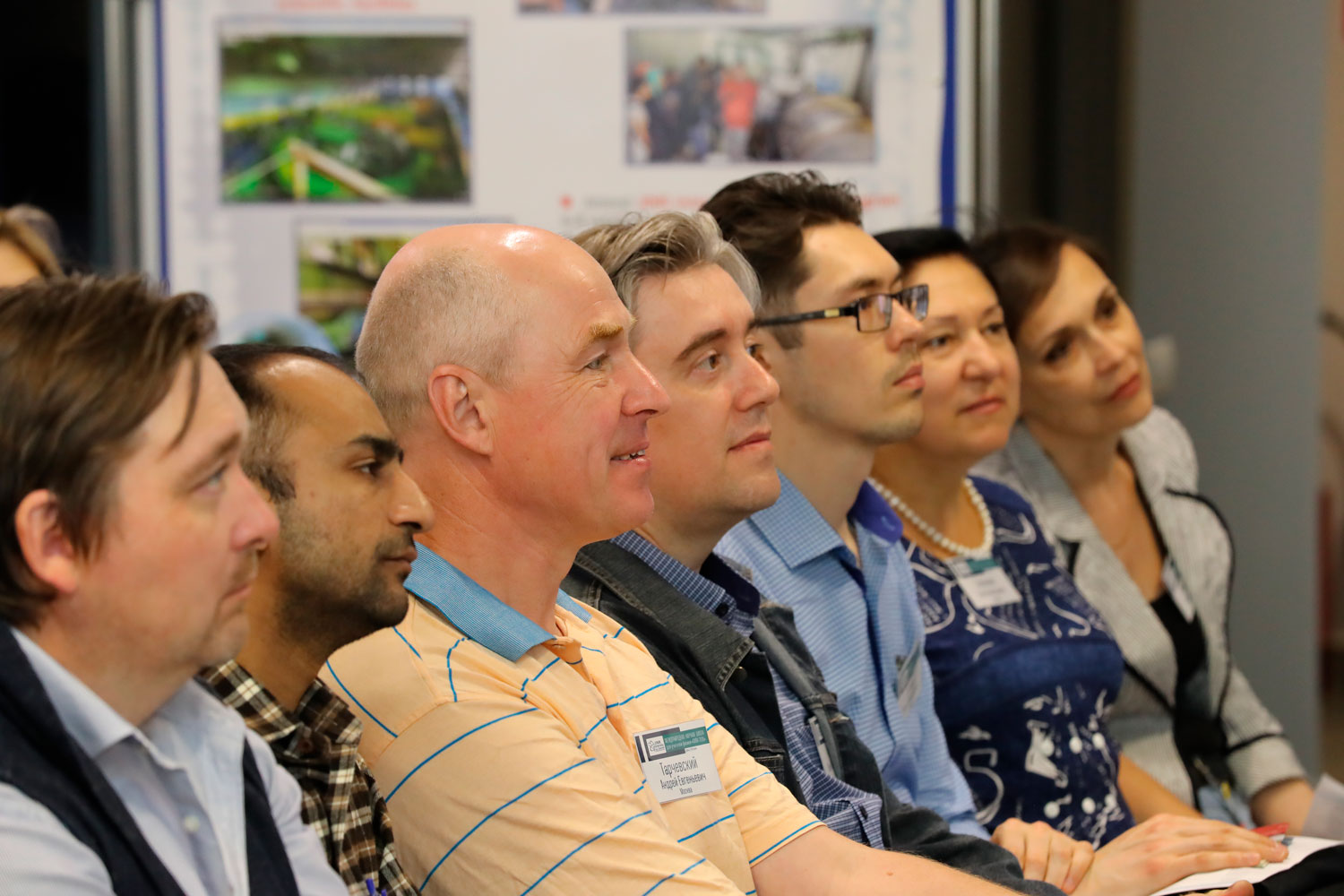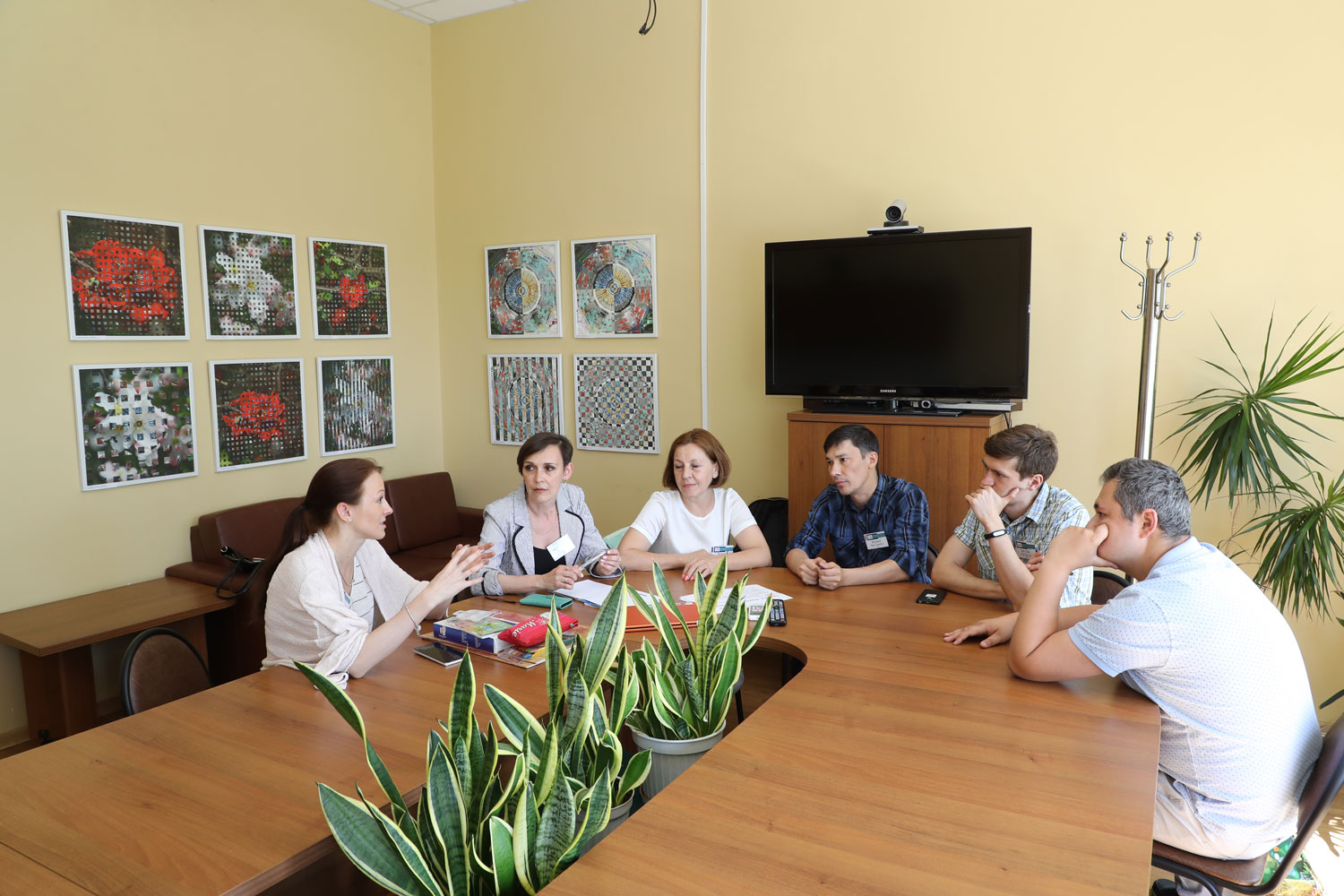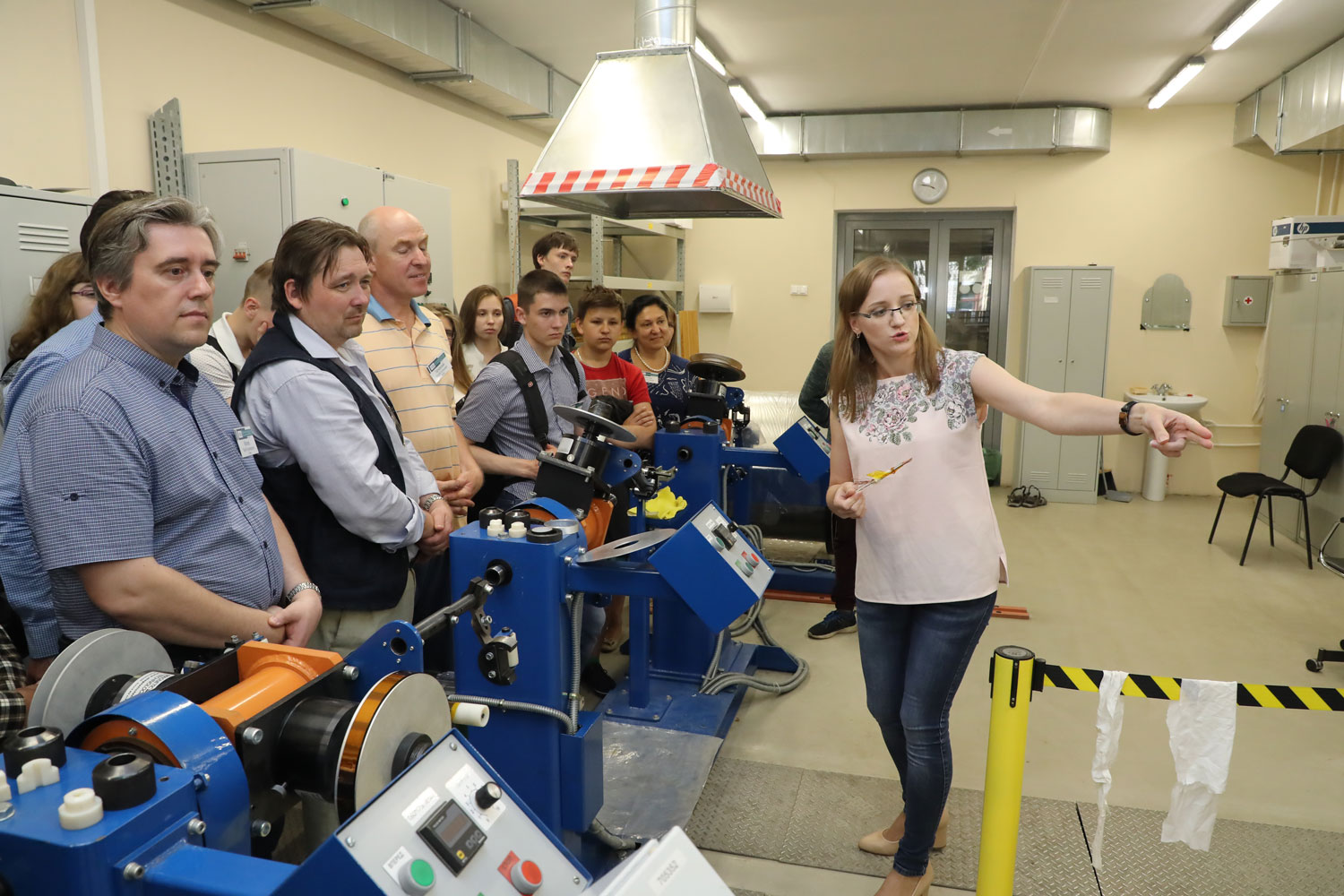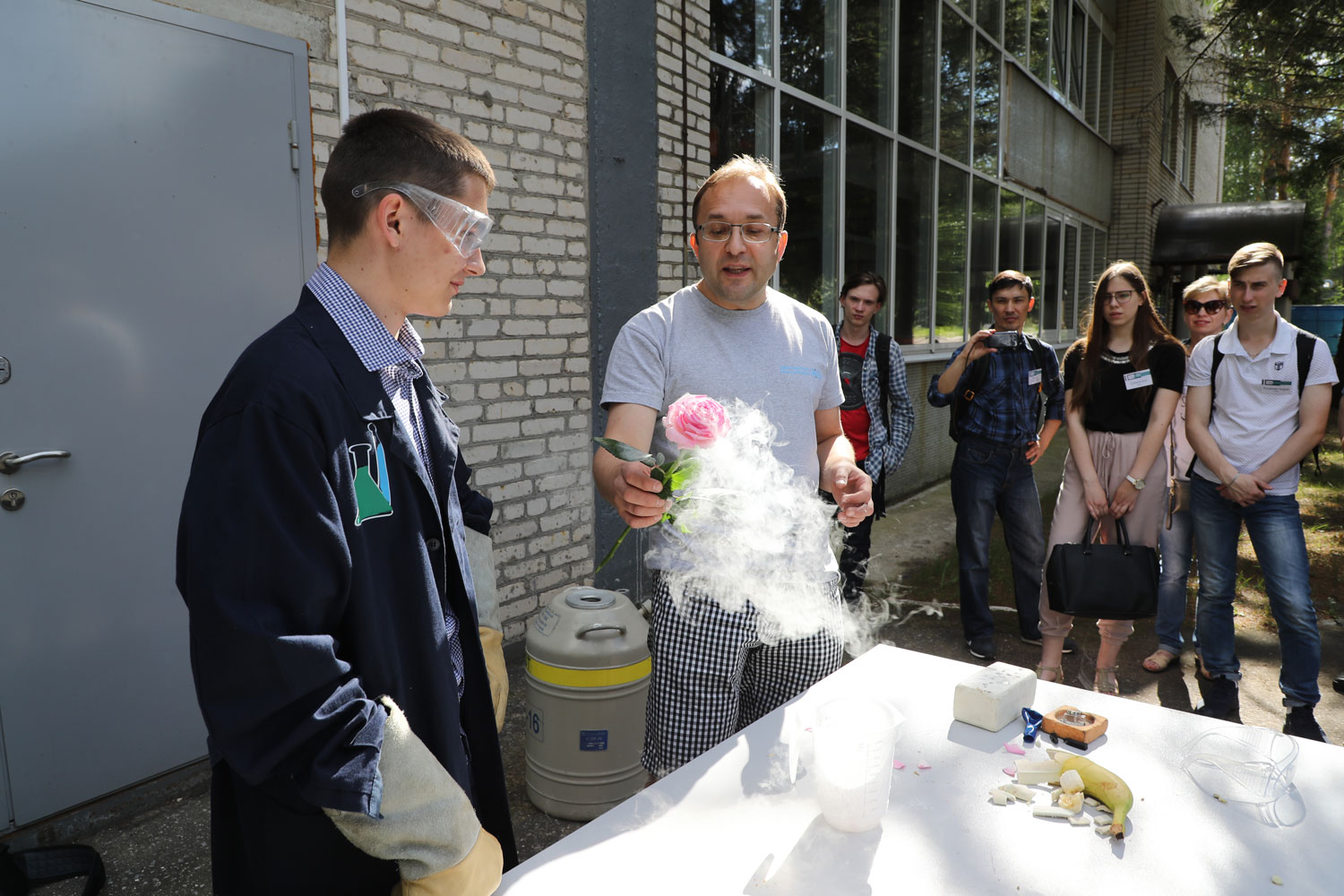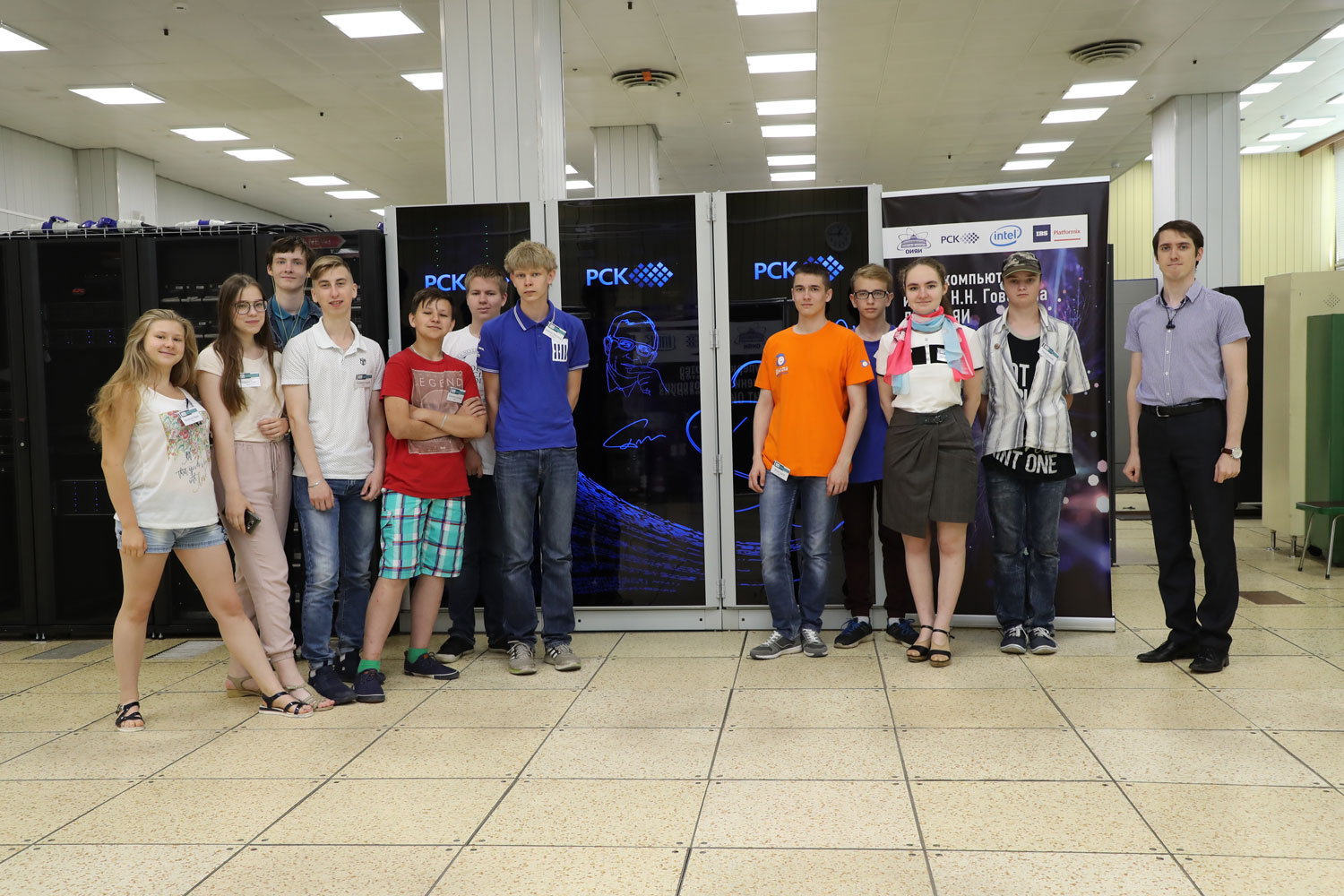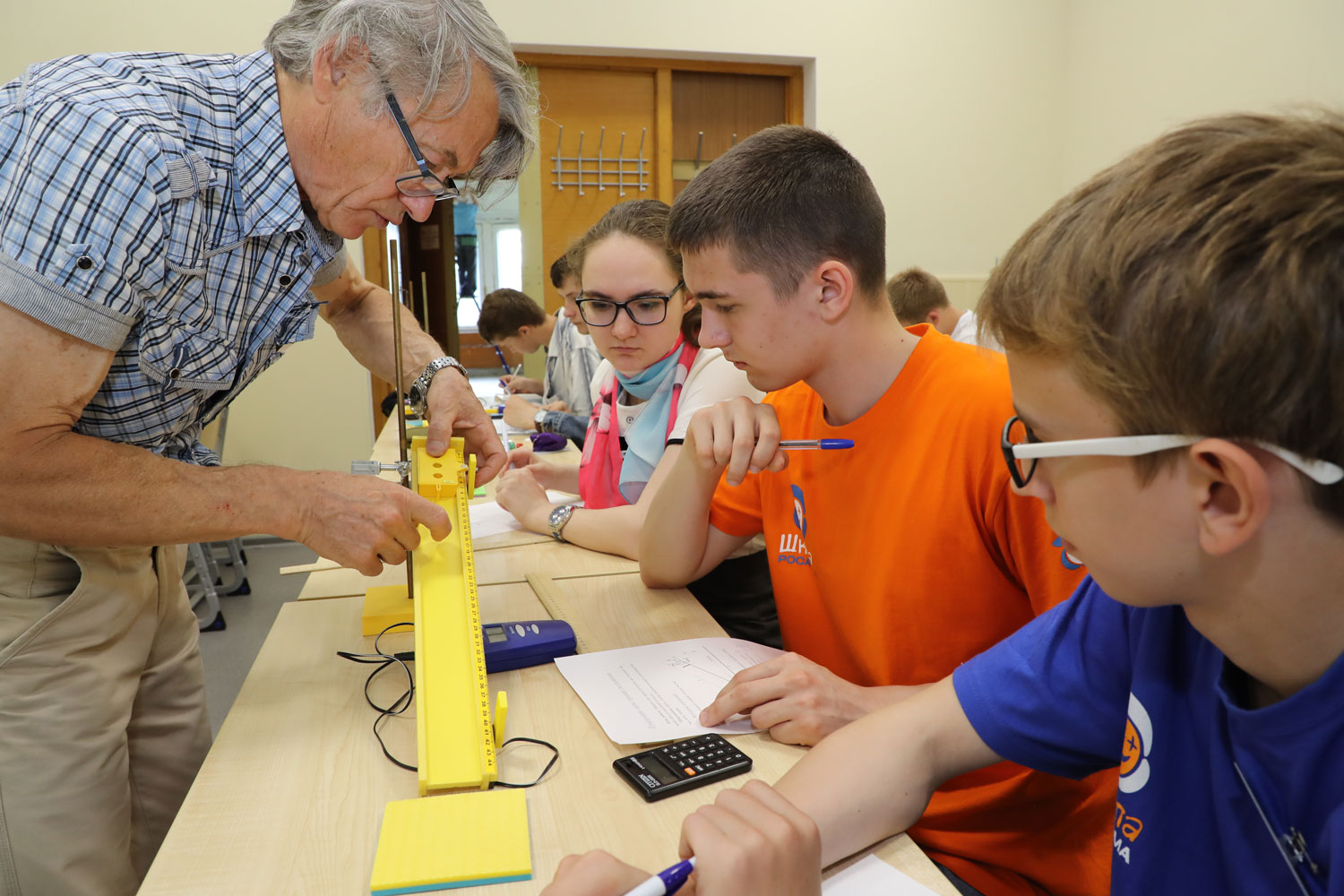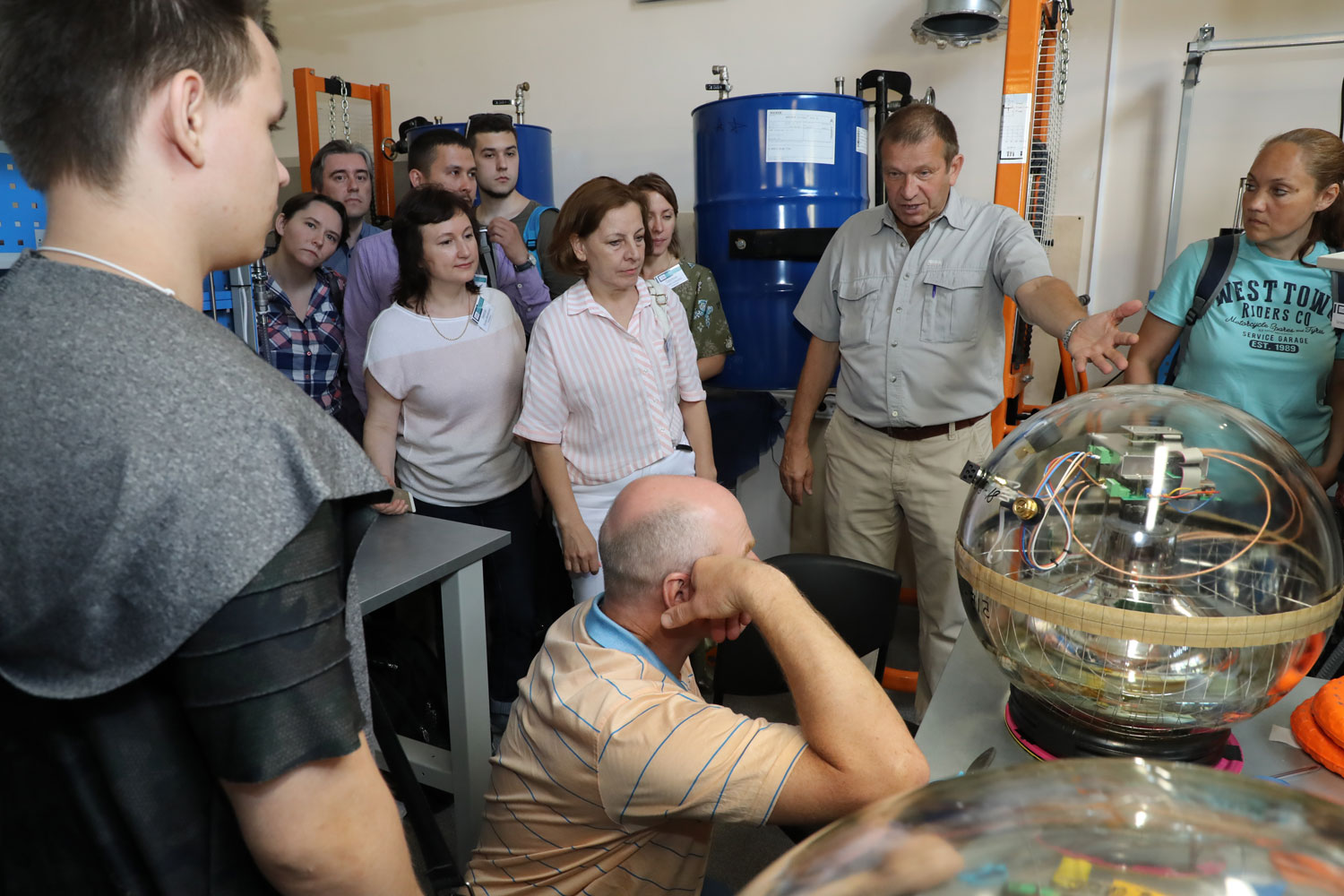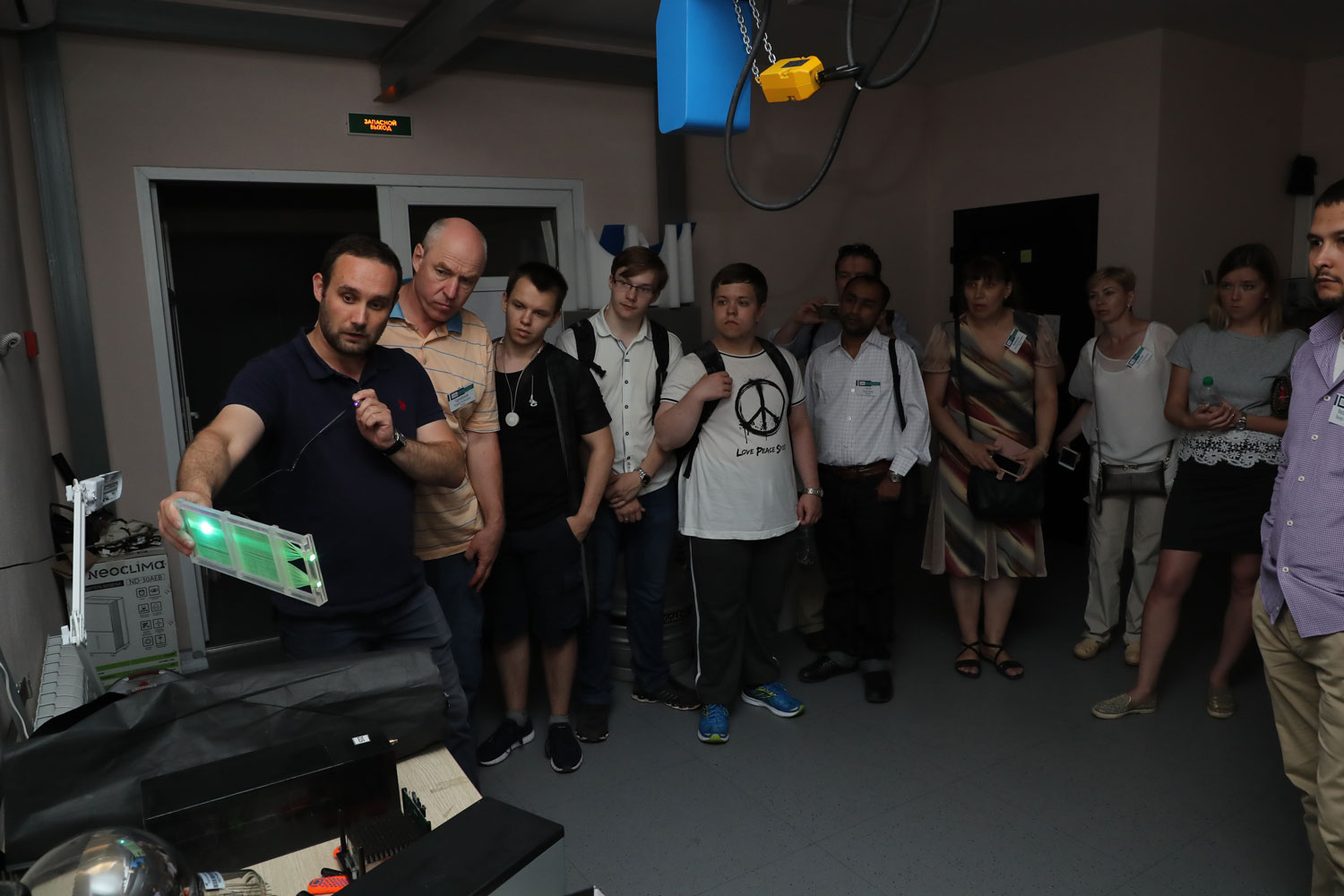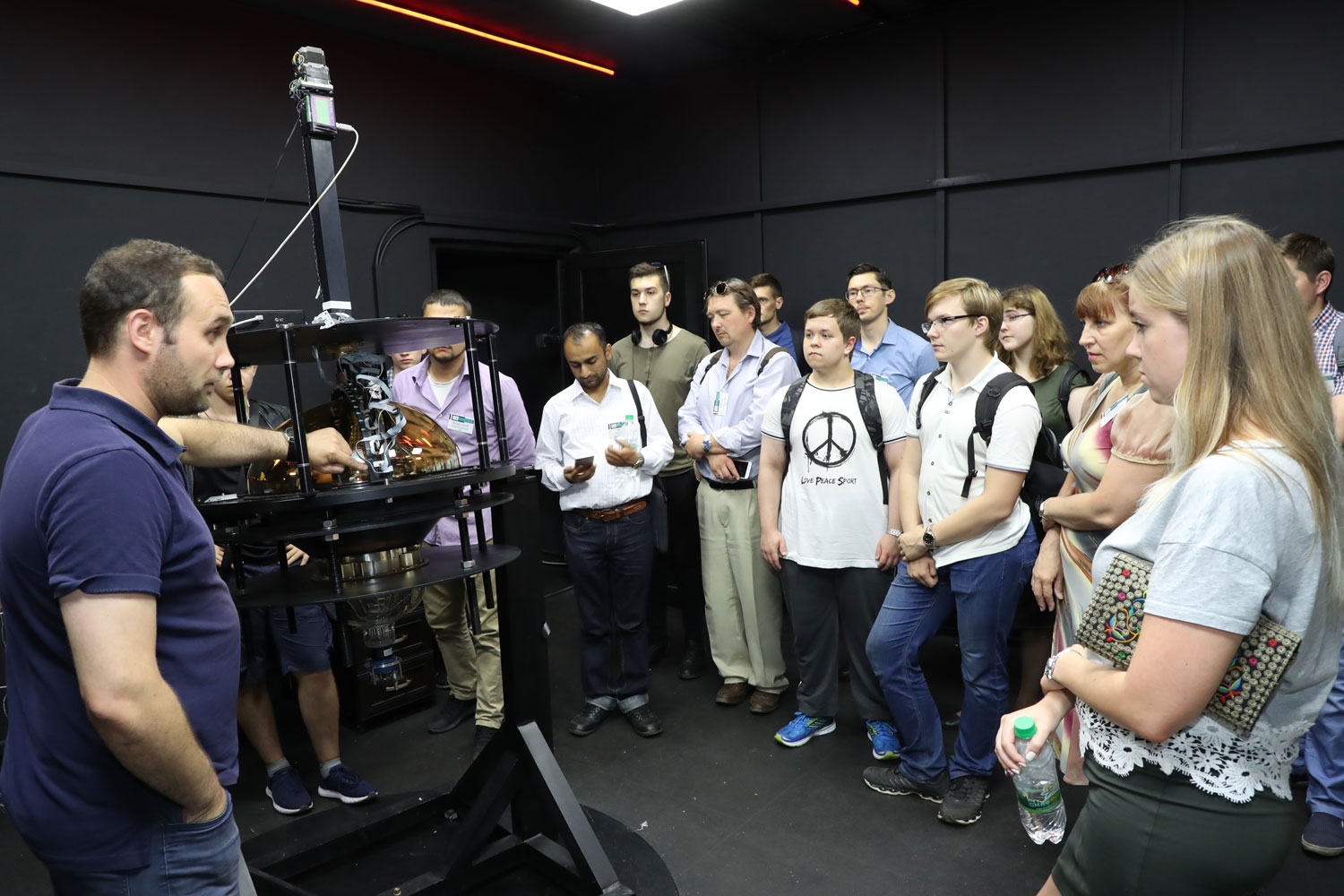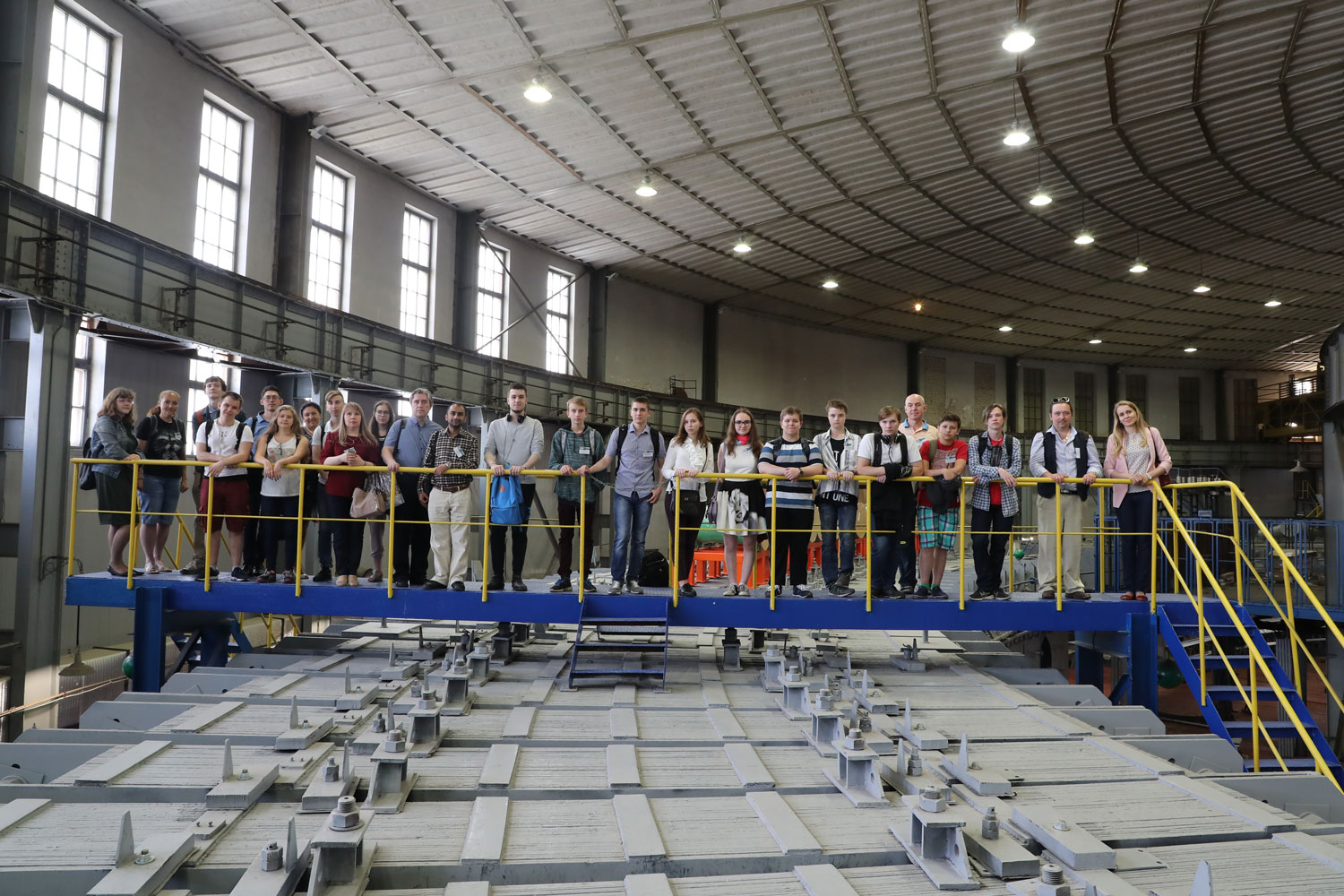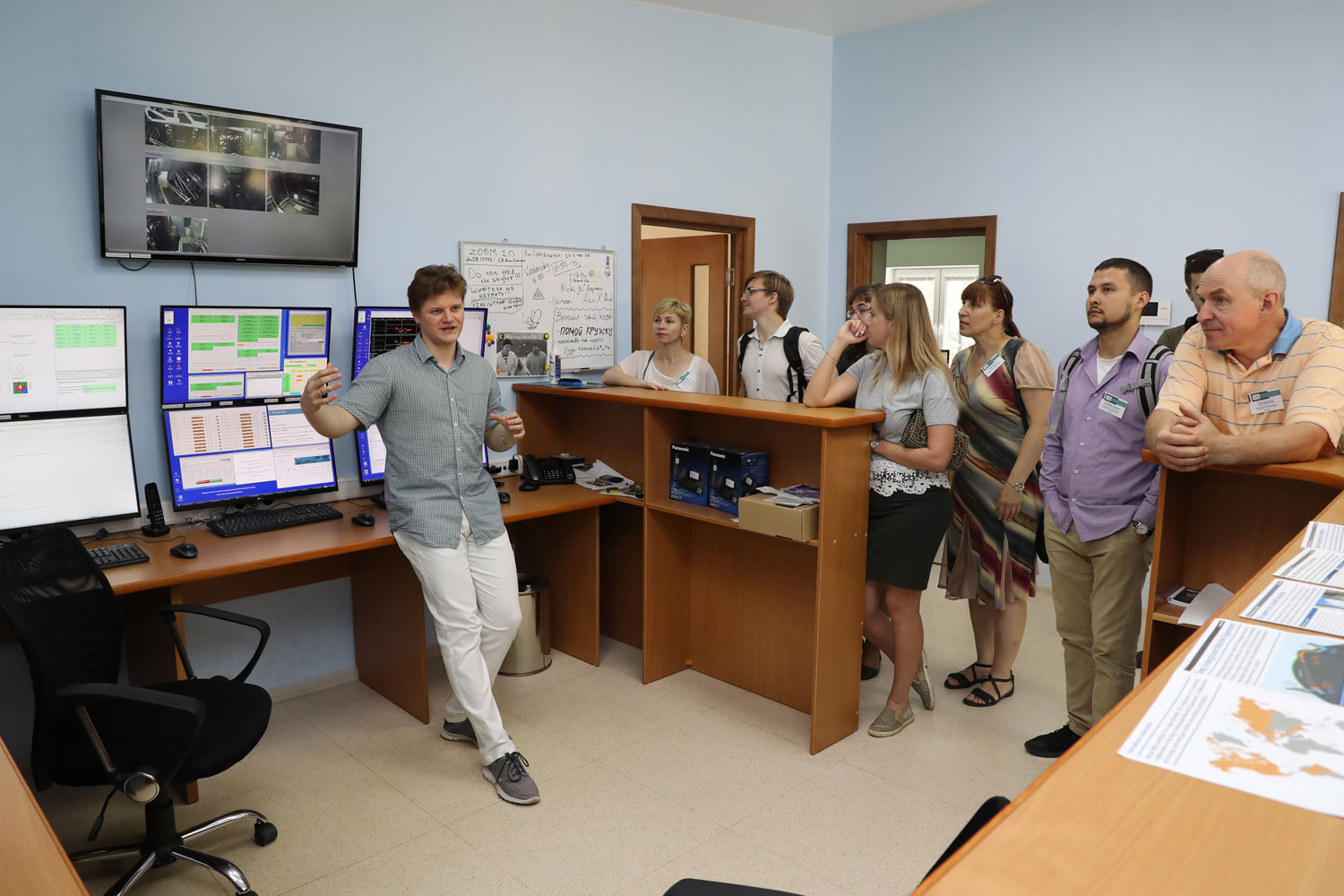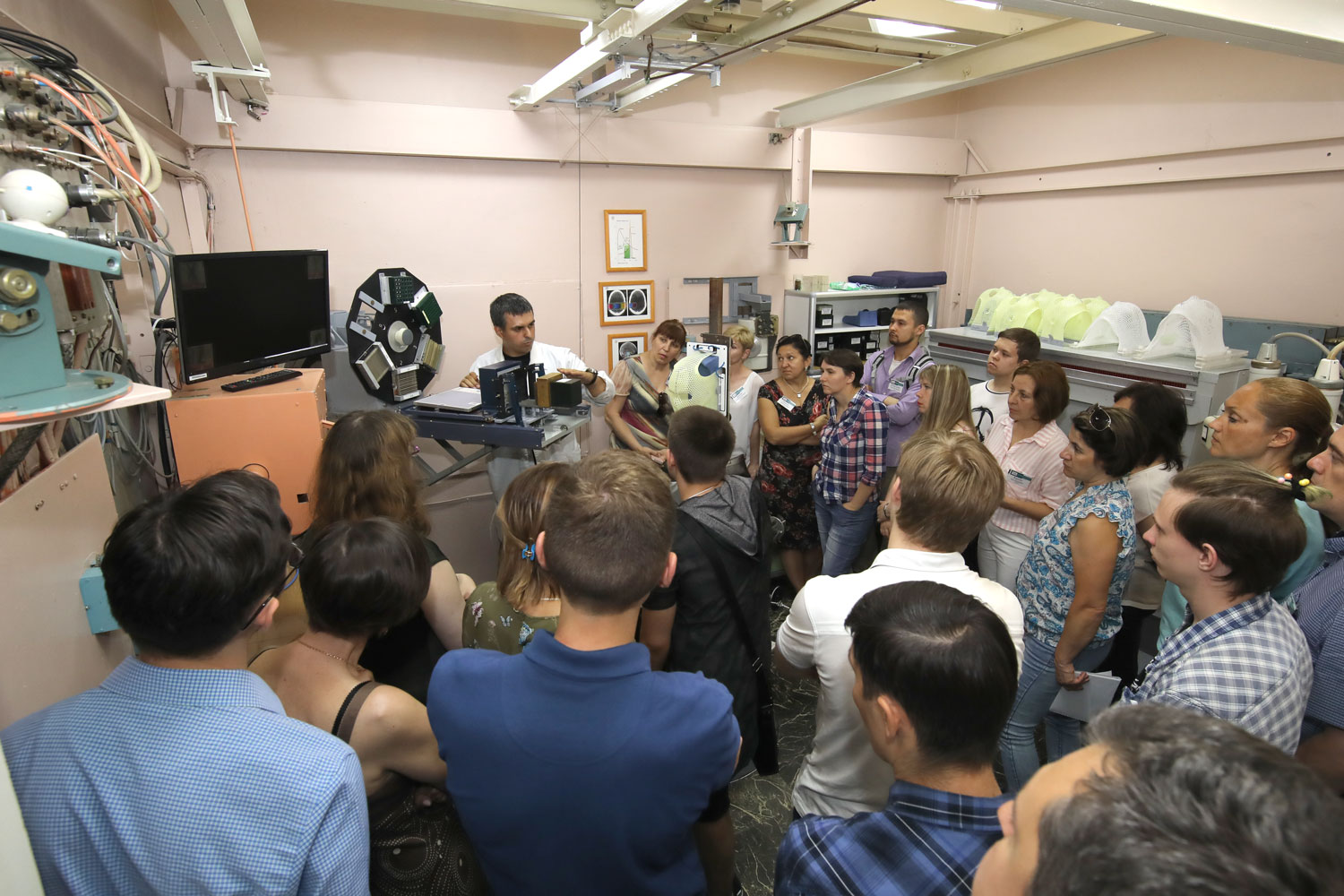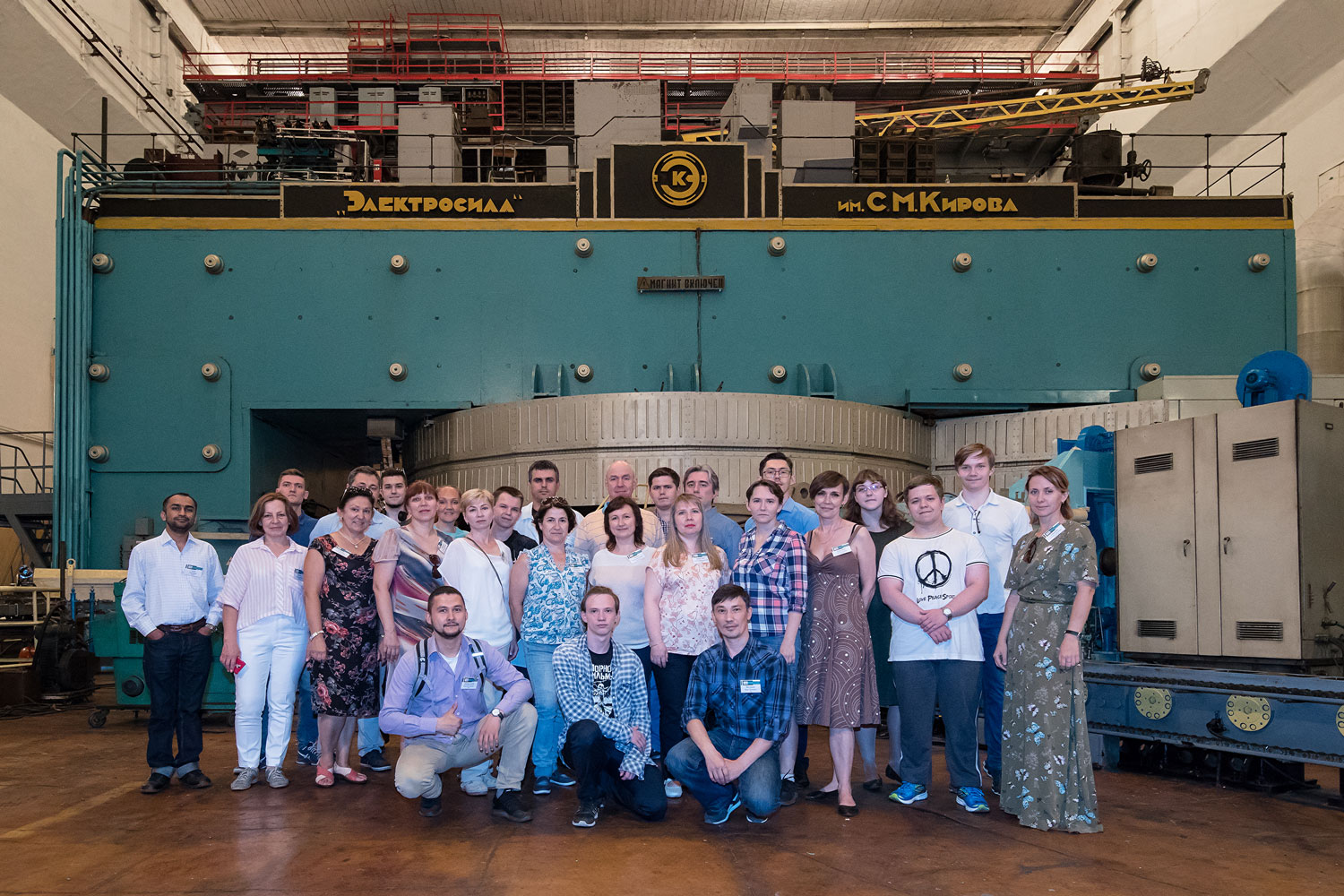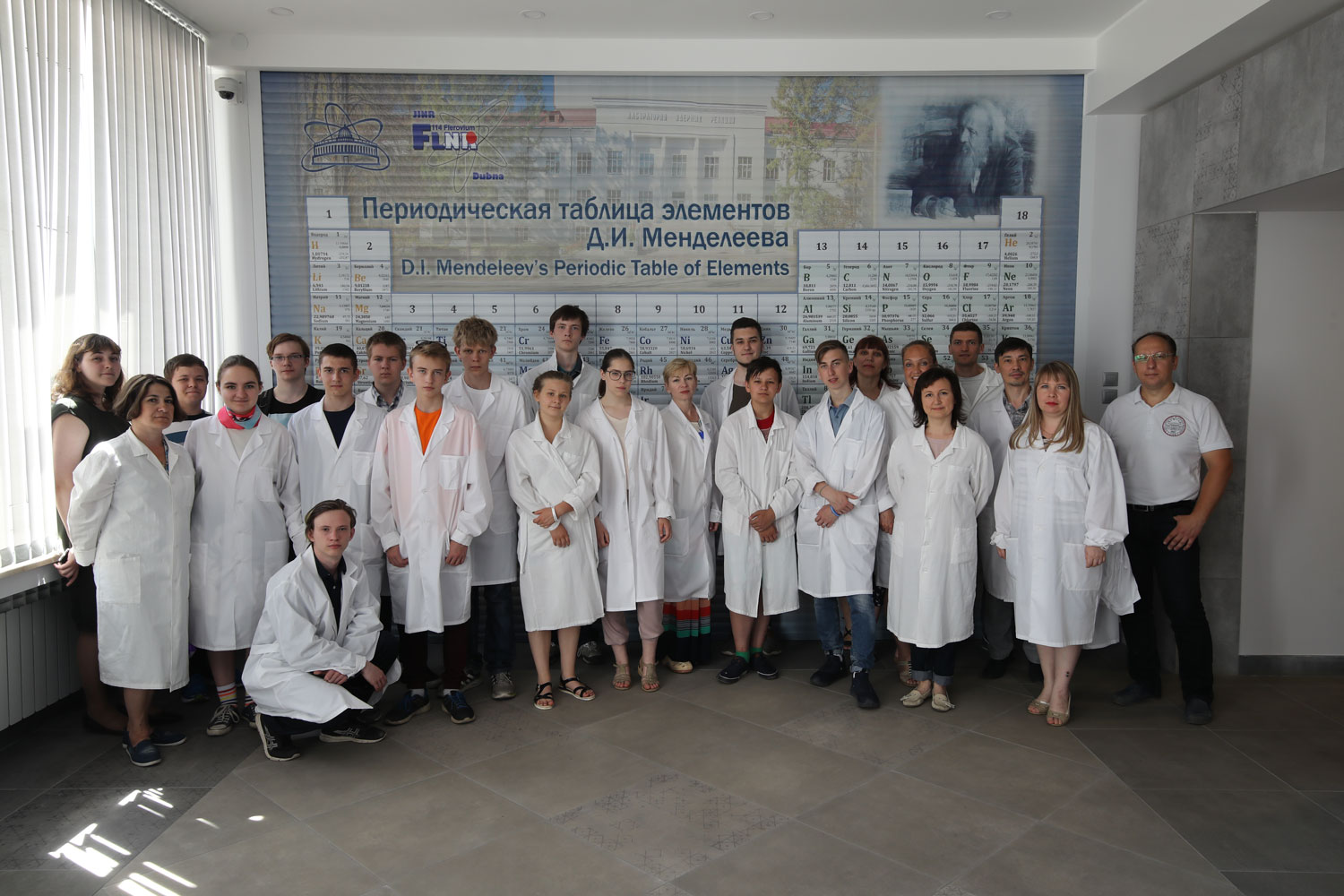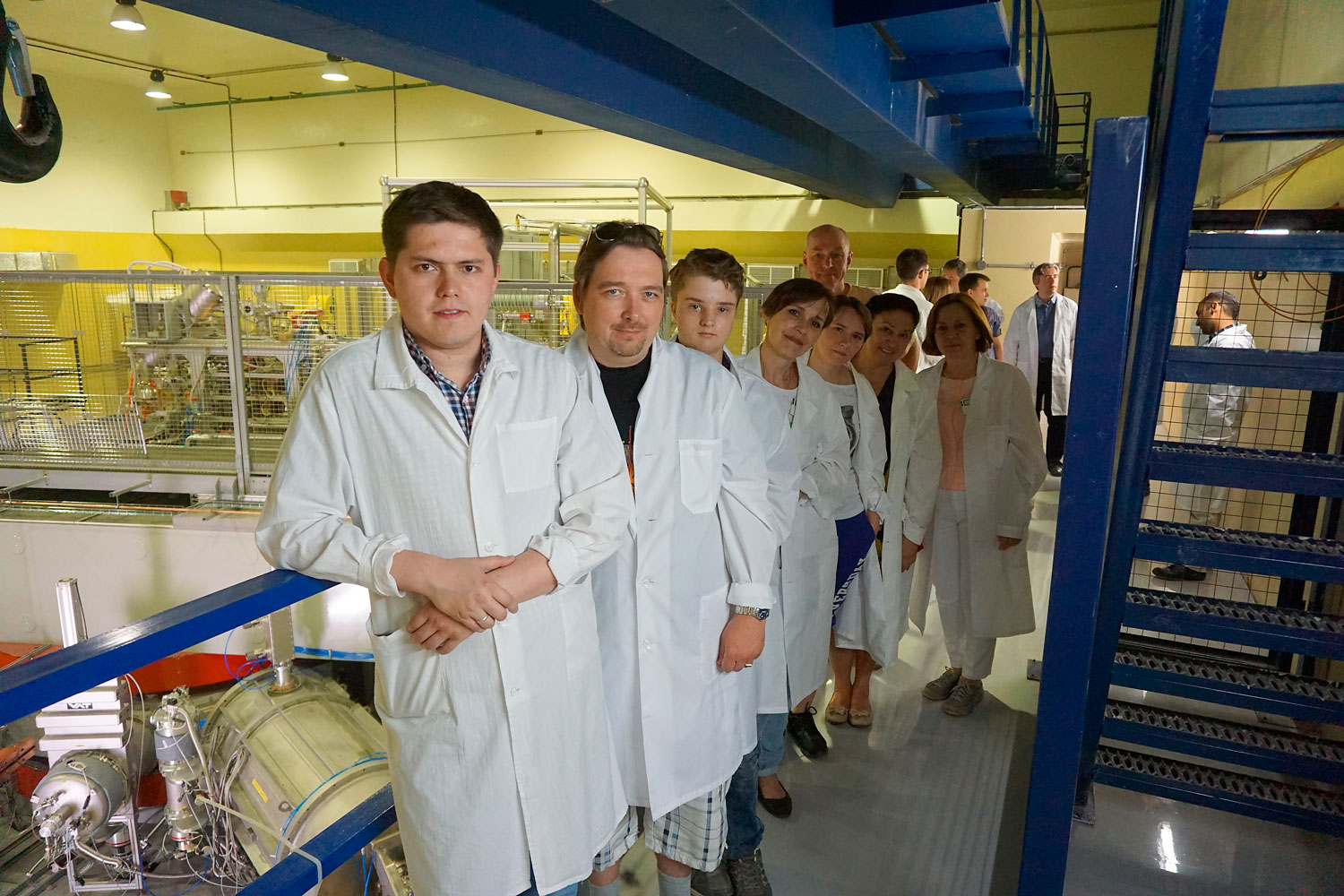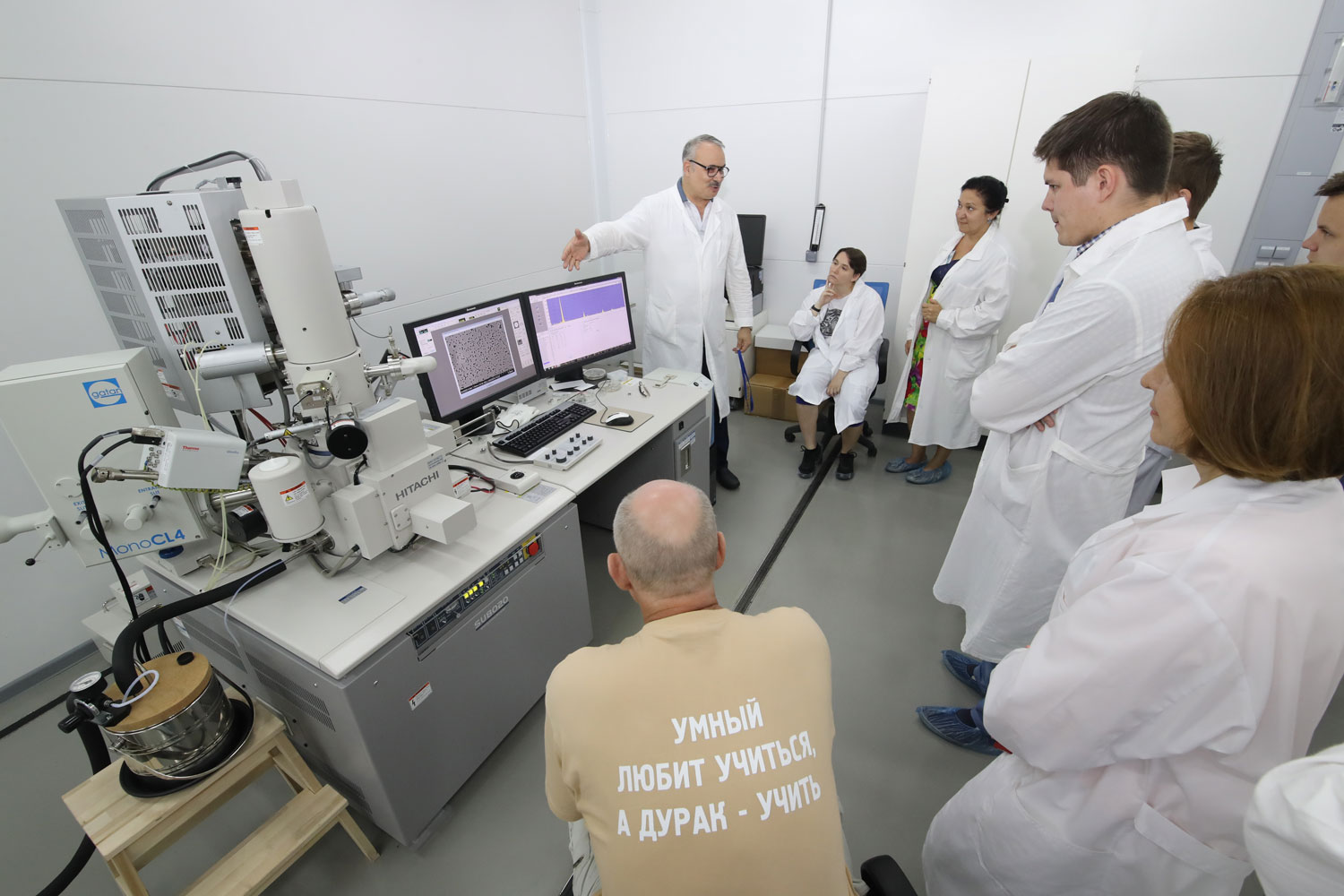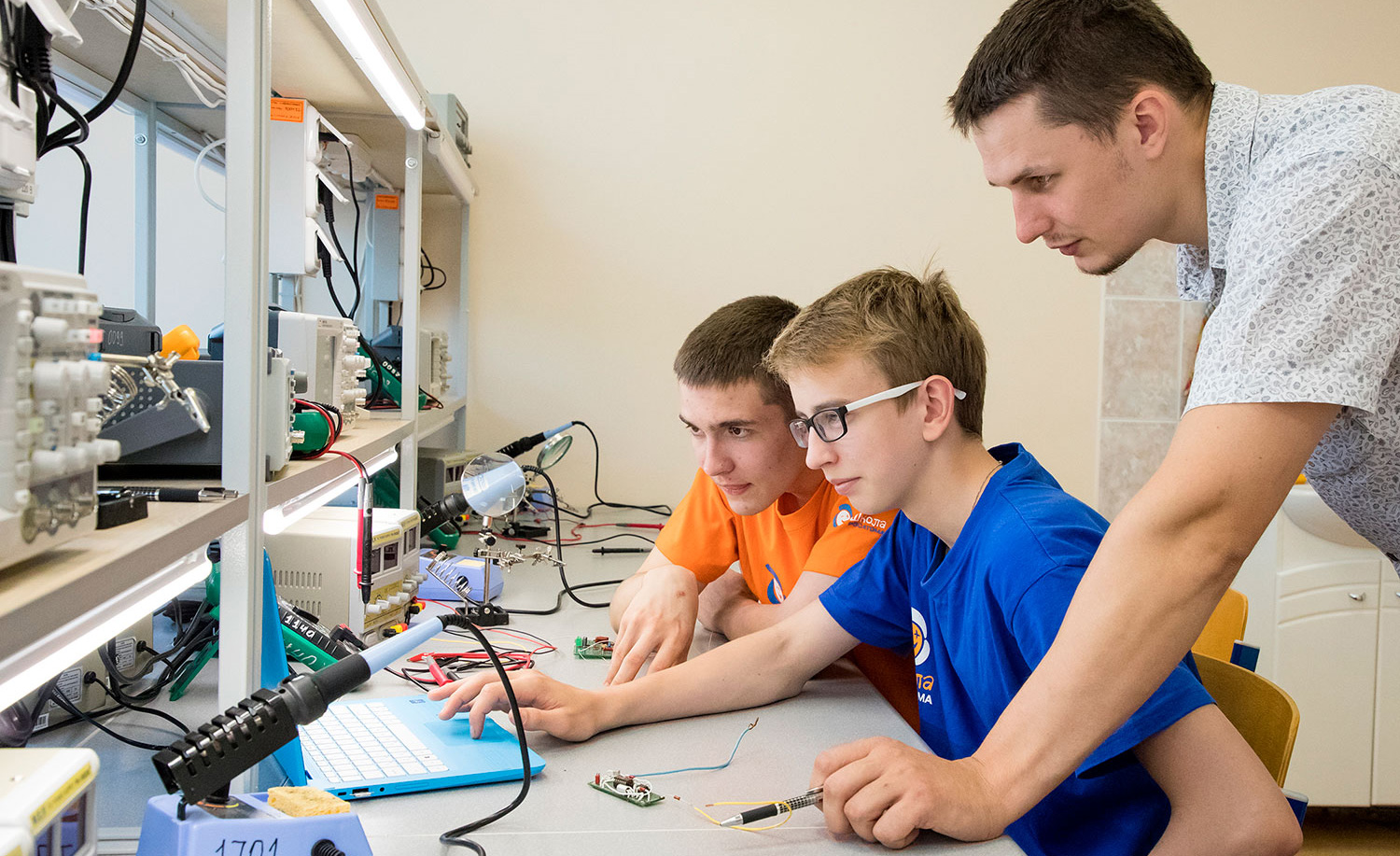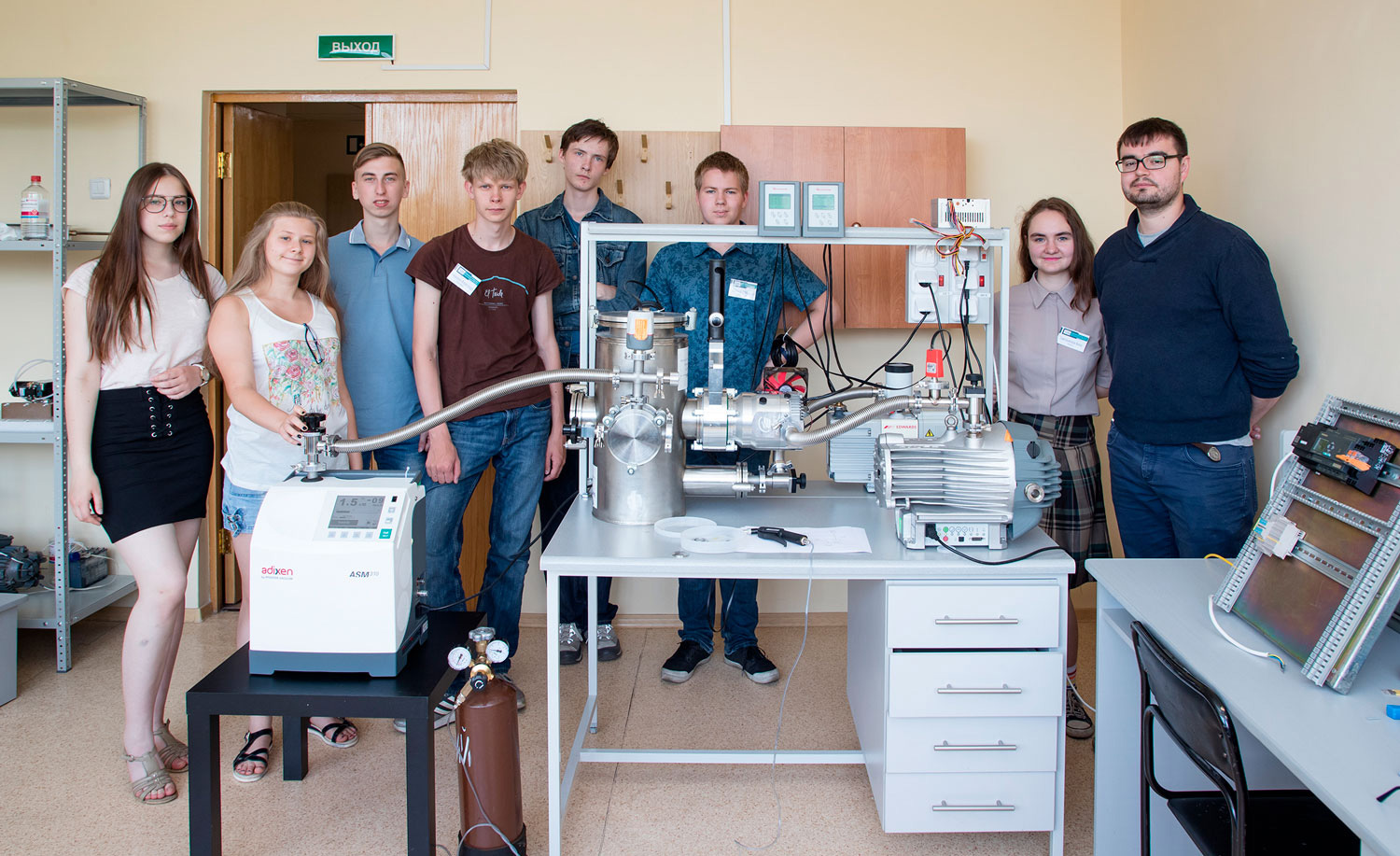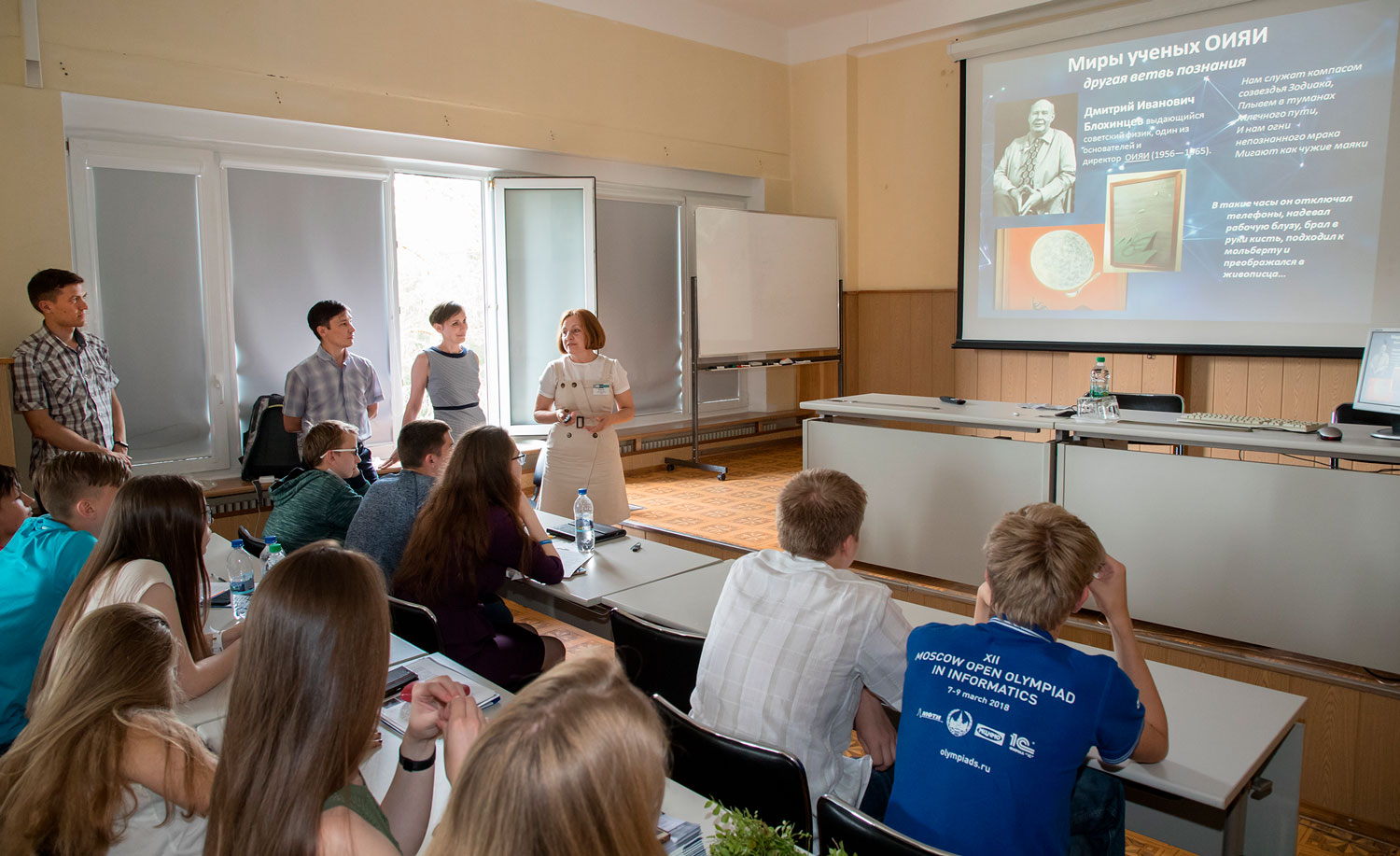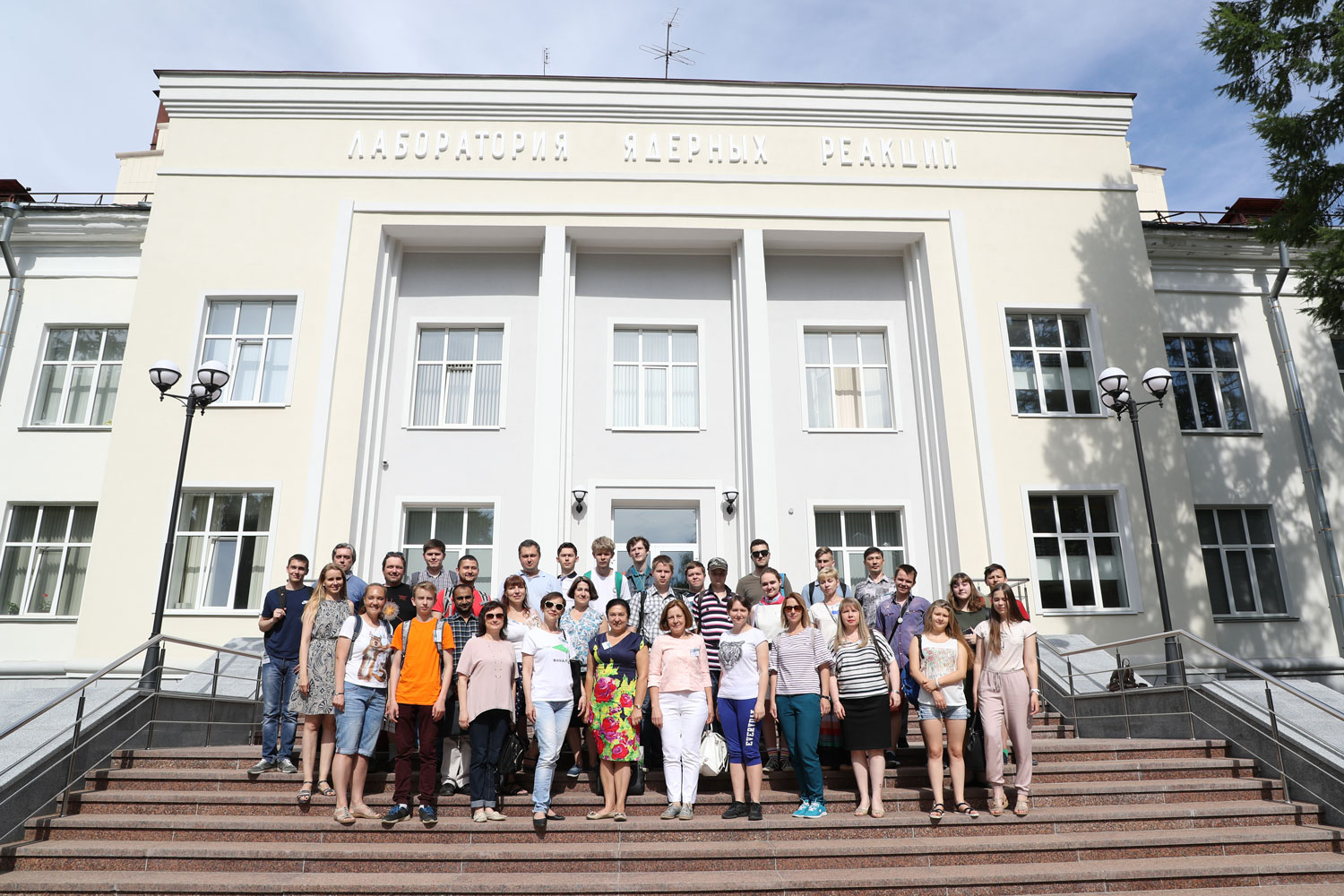On the past 11th school for teachers of physics
Education, 09 July 2018
From 24 to 30 June 2018, the 11th International Scientific School for teachers of physics was held at the Joint Institute for Nuclear Research.
This year 22 teachers and 11 high-school students from Russia, Ukraine, and Belarus took part in the School. For the first time in the 10-year history of the School, teacher from India participated in the event.
On summer holidays, teachers of physics and their best students continue working. They spent a week at JINR during which they did a lot: they got acquainted with all seven JINR laboratories, visited advanced research facilities, heard lectures delivered by leading JINR specialists, made presentations of creativity projects, participated in practical tasks, had a fascinating walk around historical sites of the city and evaluated school reports. Work was in full swing even in “extracurricular time”: participants of the School organized “round tables” and demonstrations of spectacular and, at the same time, simple in performing, physical experiments in the hall of the hotel.
Andrei Torchevsky, teacher from the School #179 of Moscow:
I, as a teacher (and an engineer by education), was happy to observe numerous sophisticated technical solutions used in real facilities. I really missed it because when I was studying at school, at MIPT and then was getting a post-graduate education, no one delivered excursions to facilities and did not arrange meetings with scientists working at the cutting edge of science. Now, as a result of lessons in Dubna, we achieved a good balance between the known data, school physical tasks and their real implementation at research facilities.
To immerse yourself in a wonderful scientific community, to have personal talks with physicists and learn about cutting-edge research. To see a supercomputer and several accelerators, including the legendary Synchrophasotron, the superconducting Nuclotron, Phasotron, which has been operating for almost 70 years, and the Factory of Superheavy Elements that is still under construction. To hold a meteorite, to examine pores of the track membrane under an electron microscope. To learn how imperceptible neutrino are detected and how to use neutrons to look inside the object. To hear the lecture on dark matter and find out that to investigate the world around us is fantastically interesting. All this can be done over a week at the JINR Scientific School.
Please, read feedbacks of the School participants in the JINR Weekly Newspaper
Elena Karpova, JINR University Centre
Photos by Igor Lapenko, JINR Scientific Information Department
We are glad to offer you to watch 2 TV-reports by the 360° TV channel:
